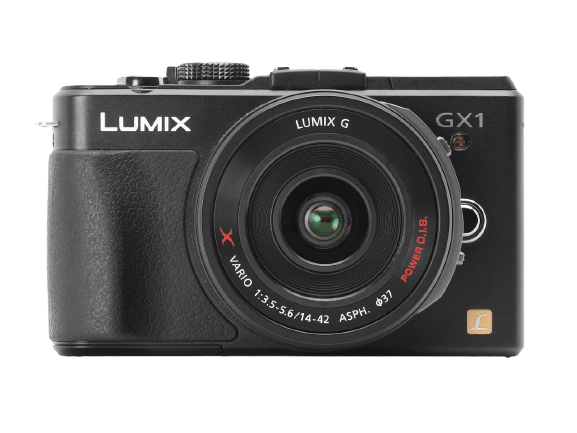Panasonic Lumix DMC GX1 Specs and Scores

The Panasonic Lumix DMC GX1 receives a score of 43/100, which reflects its general specifications. Announced on 11/07/2011 and released in the same year, this mirrorless camera was initially priced at $699. With dimensions of 116 x 68 x 39mm and a weight of 318g (0.70lbs), the GX1 is a compact and lightweight option.
Considering the camera’s age and specifications, it falls short in today’s competitive market. However, for those seeking a budget-friendly, portable camera, the GX1 may still be a viable option.
Panasonic Lumix DMC GX1 Overview and Optics
The optics of the Panasonic Lumix DMC GX1 receive a score of 42 out of 100. The camera features a 16-megapixel CMOS sensor with a Micro Four Thirds sensor size, which is relatively small compared to other cameras in today’s market. The shooting speed of 4.2 frames per second, along with the Venus Engine FHD processor, allows for decent performance in capturing images.
However, the camera’s DXOMARK score for the sensor is only 55, indicating that its image quality may not be as competitive as other options available. Additionally, the camera does not have image stabilization, which could result in shaky images when shooting handheld.
The Lumix DMC GX1 uses a Micro 4/3 lens mount and has a 4:3 aspect ratio. While it may not stand out in today’s market, it still offers decent performance and compatibility with various lenses. As a result, the Panasonic Lumix DMC GX1 remains a viable option for those looking for a compact camera with interchangeable lenses.
Panasonic Lumix DMC GX1 Video Performance
The Panasonic Lumix DMC GX1 receives a video score of 43 out of 100. This camera has a maximum video resolution of Full HD, with dimensions of 1920 x 1080. The highest video frame rate is 30fps, which is average in the market. However, the GX1 does not have built-in time-lapse functionality, which is a desirable feature for many consumers.
Comparing the GX1’s video capabilities with today’s market, it is clear that the camera falls short of expectations. Full HD resolution is no longer the standard, as 4K video has become increasingly popular. Additionally, 30fps is a relatively low frame rate, with 60fps being more common in current models. The lack of time-lapse functionality further limits the GX1’s appeal to videographers.
The Panasonic Lumix DMC GX1’s video capabilities are not impressive in the present market. With outdated resolution, a low frame rate, and missing time-lapse feature, it may not be the best choice for users who prioritize video performance.
Panasonic Lumix DMC GX1 Features and Benefits
The Panasonic Lumix DMC GX1 features score is 49/100, which might not seem impressive at first glance. However, it is essential to examine the specifications to understand how it stands up in today’s market.
The camera has a 3-inch touchscreen with a resolution of 460,000 dots. Although not the highest resolution available, it still provides clear image previews and easy navigation. The GX1 lacks a flip screen, which could be a downside for vloggers or selfie enthusiasts. It also does not include GPS, WIFI, or Bluetooth capabilities, making it less convenient for those who wish to instantly share their images or geotag their locations.
Taking into account the specifications, the Panasonic Lumix DMC GX1 may not be the best choice for users who value advanced features and connectivity options. However, for those who prioritize simplicity and ease of use, it remains a reliable and straightforward camera to consider.
Panasonic Lumix DMC GX1 Storage and Battery
The Panasonic Lumix DMC GX1 scores a 21/100 in the storage and battery category. This camera has one memory card slot, which accepts SD, SDHC, and SDXC cards. The battery life allows for 310 shots, and the camera uses a DMW-BLD10 battery type. However, it does not support USB charging.
Comparing these specifications to other cameras in the market, the GX1 falls short in battery life and charging options. Many modern cameras offer longer battery life and convenient USB charging capabilities. The single memory card slot and accepted memory card types are standard among most cameras.
The GX1’s storage and battery features do not stand out in today’s competitive market. Its limited battery life and lack of USB charging make it less convenient for extended use and on-the-go photographers.
